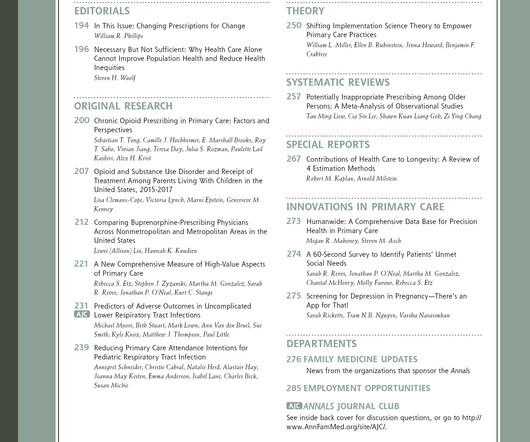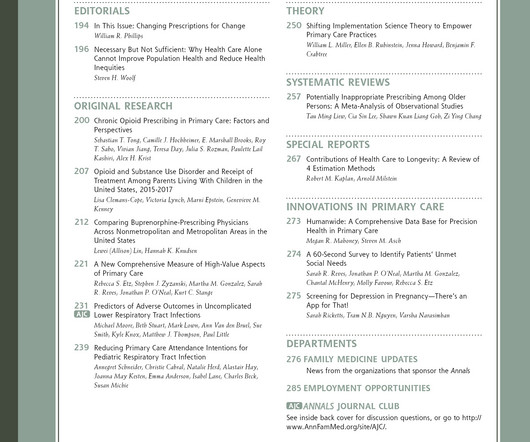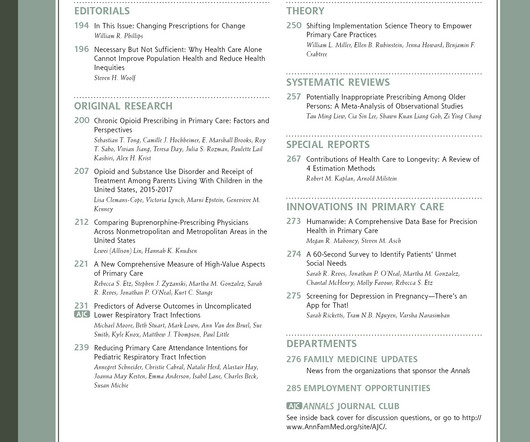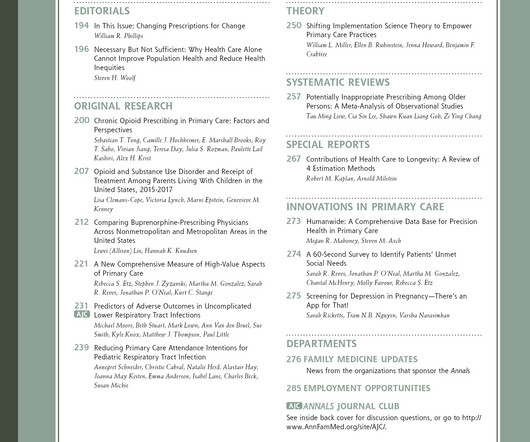What Does “NNT” Mean and Why Should You Care?
Family Medicine Initiative
MAY 7, 2025
While I strive to write evidence-based but easy-to-understand articles, I believe the NNT is a research concept every GP should know. erschien zuerst auf Family Medicine Initiative. What is the NNT? It’s the number of patients you need to treat to prevent one bad outcome. How to calculate it?

















Let's personalize your content